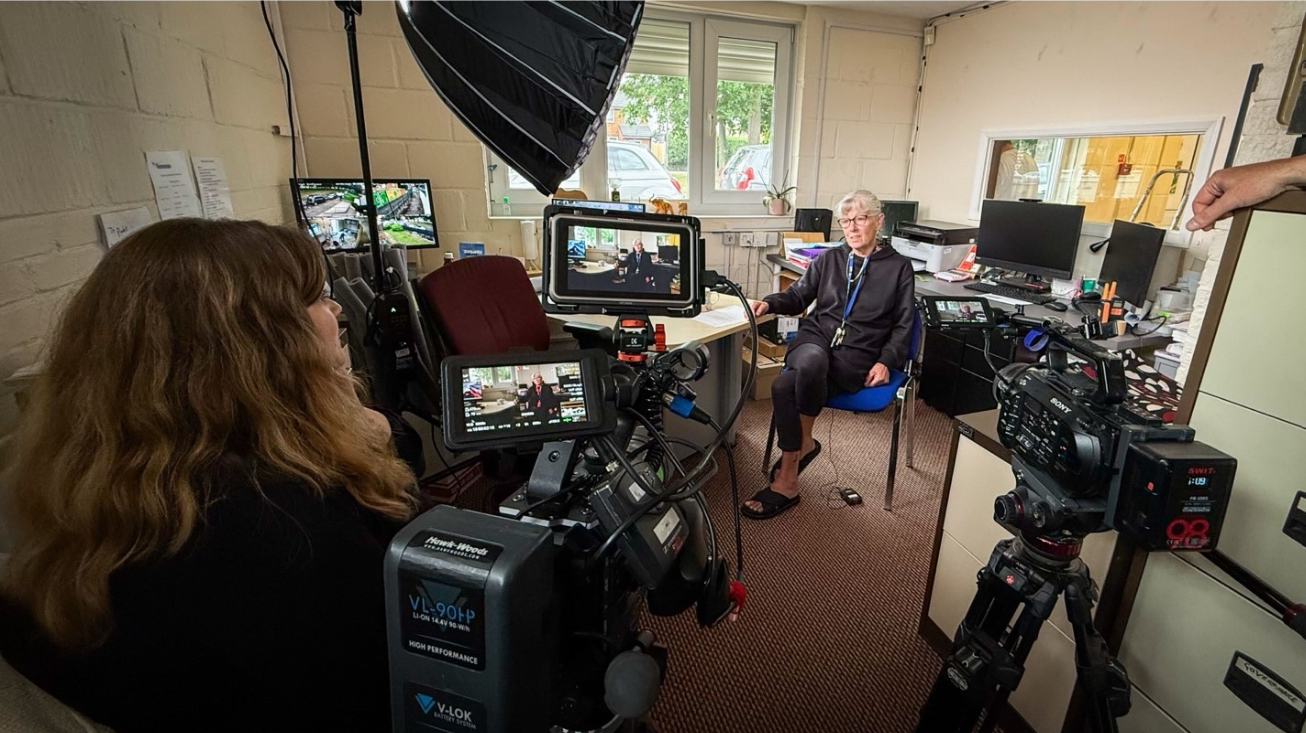Reaching For The Video Star

2nd March 2017 by Gary Wales, CH Senior Producer
If there’s one thing I’ve learned in my years as a video producer it’s that the ‘field of play’ for generating really successful video is beset with many pitfalls.
Video is, amazingly, still relatively new for most corporates. In fact, despite the marketing industry hailing video as the new gold rush, most really have no idea how to execute a video strategy (even as a part of the content mix), and the bigger issue of where to put it is an even more muddy business. These fundamental learning curves are the prime reason that businesses decide to avoid the platform altogether.
But there is a third barrier to a successful video campaign.
Just like music and art, everyone is exposed to video through movies, television, advertising and online and everyone, but everyone, has an opinion (naturally). To contort a musical analogy; if your brand wants to attract a wide audience across a disparate demographic (or at least not upset shareholders) then you’ll be using some inoffensive and ineffectual stock music that says nothing particularly unique about your brand. It’s just…well…meh. Likewise, if you use an appropriate piece of startling indie music then you’ll be upsetting someone else.
The same is true for visual imagery and storytelling or course. If everyone desires a slice of the pie and wants a video to deliver too much then we find that everything (including the metaphoric kitchen sink) is put into a script and everything is toned down to appease an average of a number of stakeholders. What you’re left with is an anodyne production that just ticks the marketing spend boxes but gains no engagement or traction.
“ We probably wouldn’t worry about what people think of us if we could know how seldom they do” Olin Miller
What you must do is truly think of your audience. Not a ‘grey mass’ but an individual – someone who is used to seeing remarkable and different advertising – this is called ‘narrowcasting’. Now, I’m not saying that certain expensive campaigns (UK) by products such as John Lewis, Money Supermarket, EE, Compare The Market and the like are appropriate (even if you could afford them), but they ARE relevant to your market – people don’t live in isolation of these influences, whether they, or you, like them or not.
In my view, bridging the gap between commercial advertising and the more specific and targeted nature of video is storytelling. You’re probably sick of being told that storytelling is the new solution to all your content marketing. Of course, storytelling is as old as the hills and it’s only become more valid in video because those with a modicum of business sense can see that aligning yourself with a more engaging story-led concept is probably likely to garner more views that sticking a camera in front of the CEO for a ‘talking head’. Common sense, right? It’s relevant for any part of the marketing journey from awareness right through to evaluation and purchase. But you must protect the creative idea – don’t burden it with the weight of exposition. Be confident that you’ve created a climate where people will want to find out more elsewhere in your mix rather than make the video whiff of ‘sales’ and awkward ‘try-hard’ earnestness.
While not every use of video needs a narrative, you must at least drive the viewer to further action and that means you must create an emotional response of some sort. This usually means being brave or different about what you say.
Some of the most successful video campaigns use humour. The onset of social media within the b2b world has meant that we are forced to be more personable – to be identified as individuals. Big public and private corporations communicate with immediacy and with an identifiable personality on social media; this has led to content that is more accurately targeted and doesn’t feel the need to be ‘all things to everyone’. This will continue to be the case as we see initiatives such as Facebook move more squarely into business territory (and with it the statistic that more videos are viewed on Facebook than YouTube with more than eight billion views every day. EVERY. DAY.).
New Ways To Watch Facebook Video:
http://newsroom.fb.com/news/2017/02/new-ways-to-watch-facebook-video/
It’s a serious opportunity and business has yet to take full advantage of it (other, more sober, social media platforms are available with varying degrees of effectiveness!).
If it’s done right then humour is a terrific tactic to engage prospects – that’s not a surprising statistic is it? From a viewer standpoint, if a company is prepared to use humour then it has a personality and is prepared to be brave and different. Being brave and different doesn’t translate to ‘unreliable’ these days – let’s move on; the industry has. Uniqueness can be the very thing that catapults a campaign into a wider and more profitable territory. Plan and identify the feeling that you want the viewer to walk away with from the outset.
In the meantime, take heed of the video advertising that you see around you and assess what it is about that advertising that appealed to you, or that got your attention and think on when you next need video to tell your story…
Share this post:



